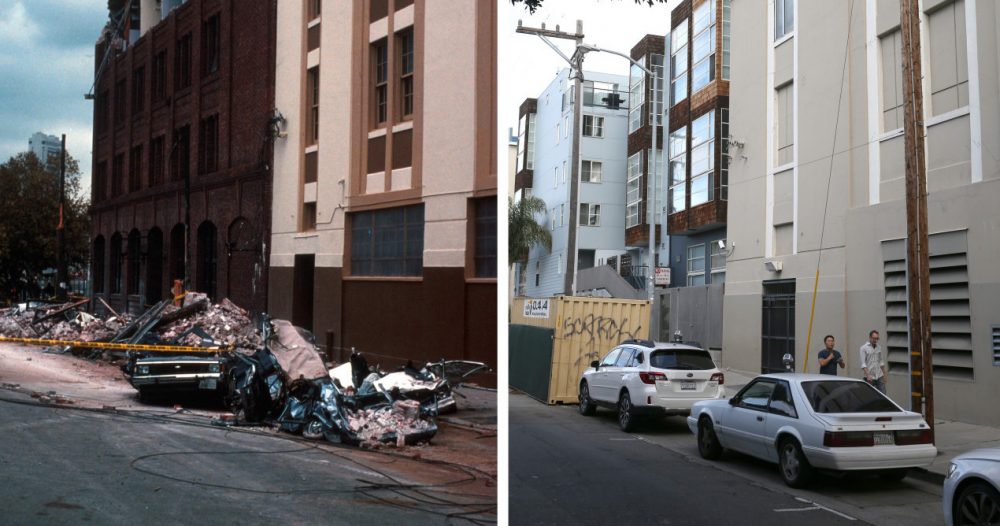Advertisement
Is The Bay Area Safer 25 Years After The Loma Prieta Quake?

On October 17, 1989, a 6.9 magnitude earthquake shook San Francisco's Bay Area, pancaking the Cypress Freeway and bringing down scores of buildings. The Loma Prieta earthquake killed 63 people.
In its wake, bridges, water systems and many buildings have been retrofitted to withstand earthquakes.
However, some hospitals haven't completed the retrofitting yet and private school buildings are exempt from the regulations.
In addition, thousands of privately owned "soft-story" construction, such as apartments on top of lesser-reinforced glass storefronts, have yet to meet earthquake standards. Money is the biggest obstacle to getting the work done.
Here & Now's Jeremy Hobson speaks with Kat Snow, KQED's science editor, and Patrick Otellini, chief resilience officer and director the Earthquake Safety Implementation Program for the City and County of San Francisco, about the safety of the area.
Guest
- Kat Snow, science editor for KQED in San Francisco.
- Patrick Otellini, chief resilience officer and director of the Earthquake Safety Implementation Program for the City & County of San Francisco.
This segment aired on October 17, 2014.